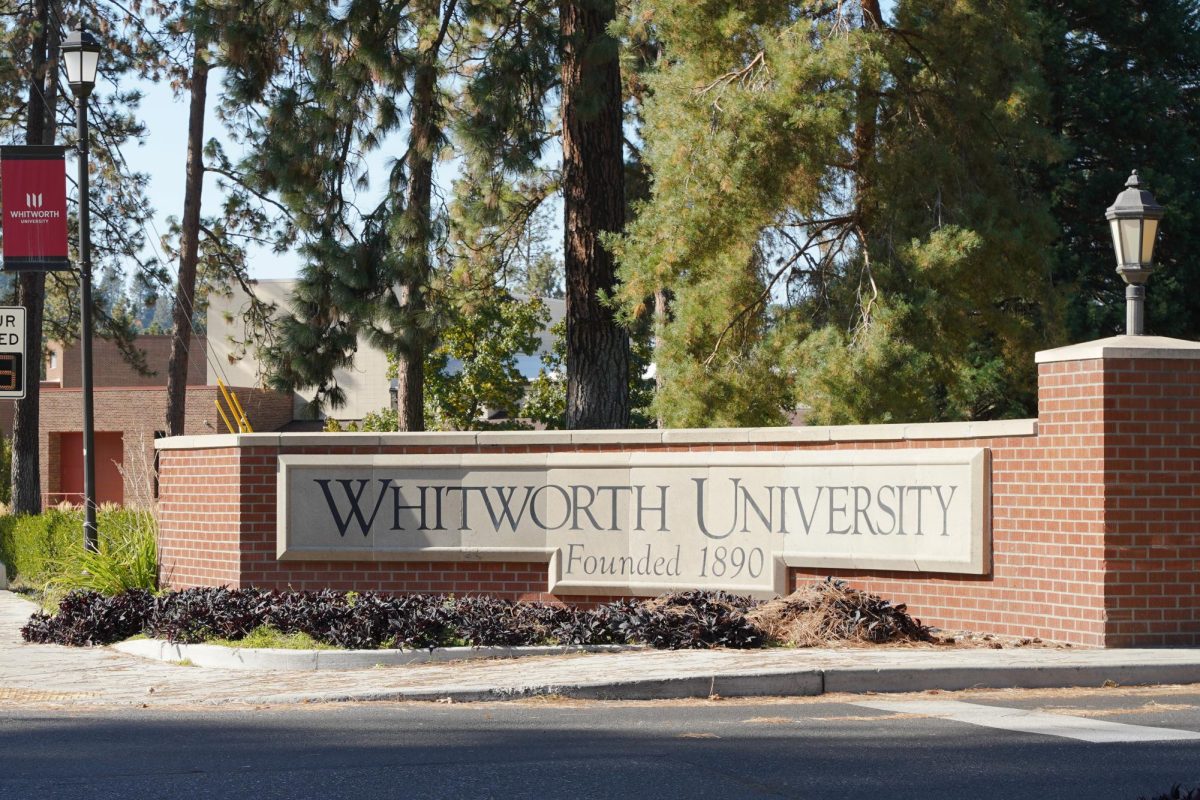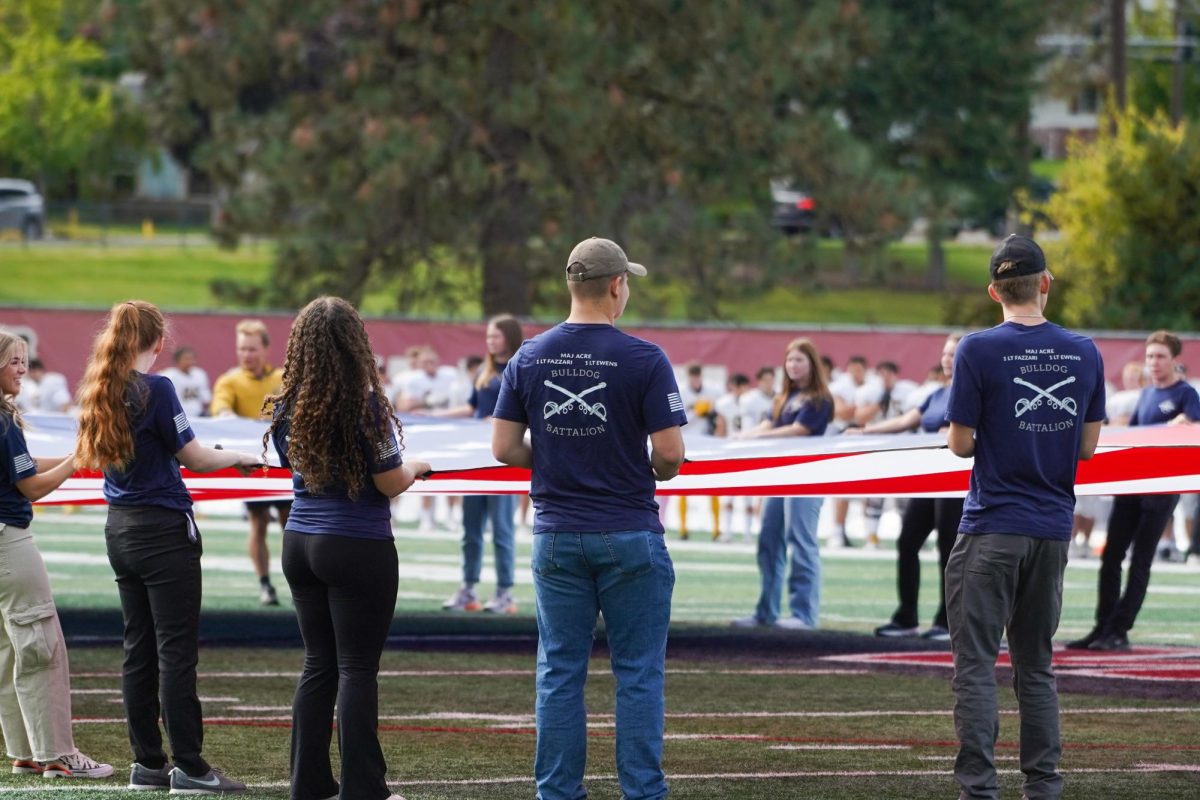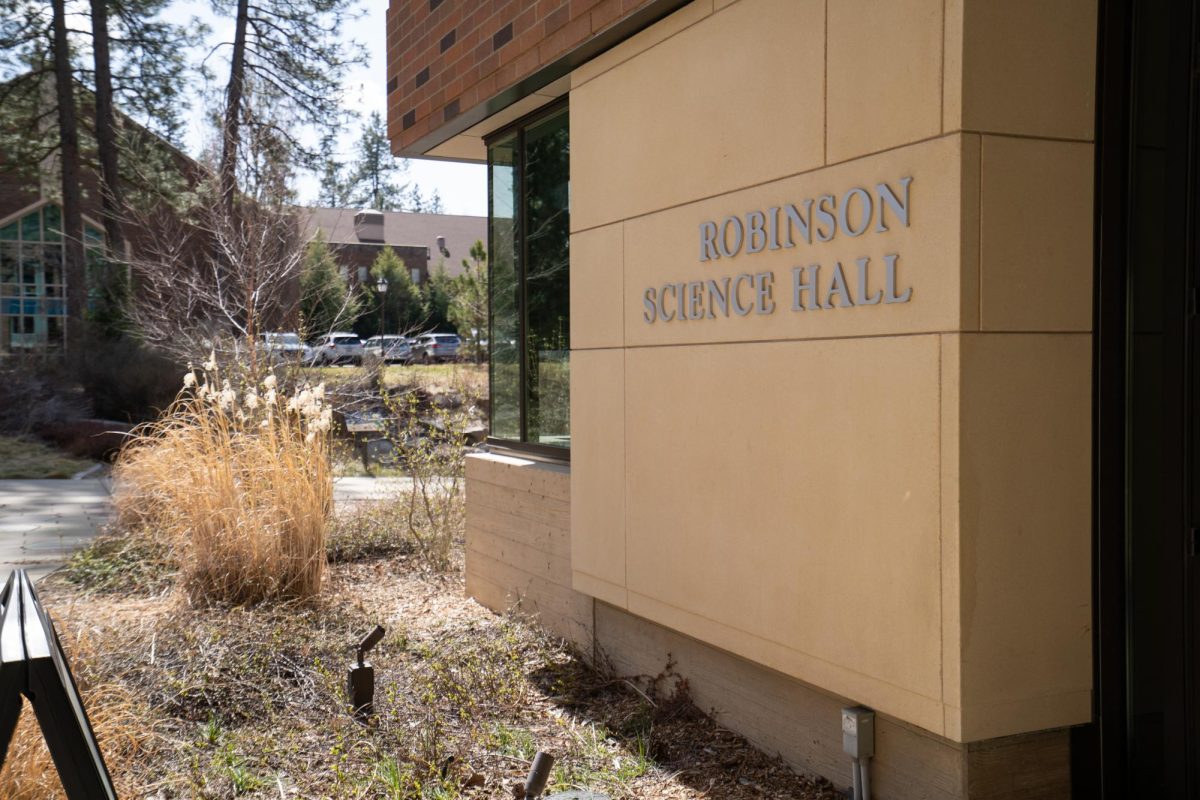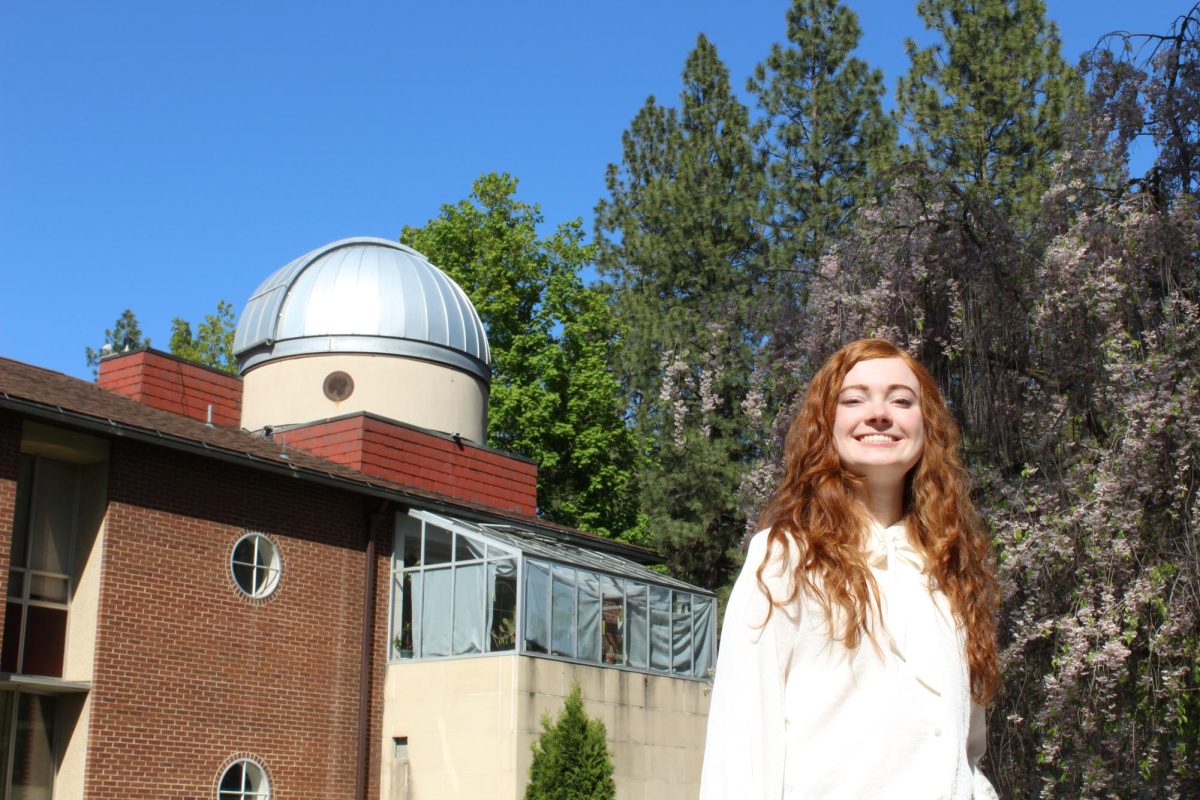Before any of the soccer or football teams had a game here at Whitworth, the grounds team had a victory of their own taking on pythium blight, a fungus that sprung up on campus at the end of June.
Pythium blight is a fungus that requires what is called “the disease triangle,” said Steve Nead, Whitworth grounds keeper in charge of all athletic fields. A disease triangle occurs when a susceptible host (the grass) and a present pathogen (pythium blight) combine with proper conditions for fungus to grow. The high number of consecutive days with temperatures above 90 degrees with 60 percent humidity or higher provided the perfect conditions for the fields to contract pythium blight, he said.
The fungus eats at the roots of grass and looks like small pieces of cotton. It began growing this summer, at the end of June when temperatures soared and thunderstorms began to roll in causing the humidity to rise. When Nead, who has a degree in sports turf management from Penn State, heard that he had a fungus taking over his fields he sent a sample of the fungus to a biological examiner in Texas.
Nead was relieved when the results came back that the fungus was pythium blight because it has no health hazards to people, he said.
The grass was treated on numerous occasions with a contact fungicide which soaks into the roots and treats the fungus. However, the fungicide can be hazardous to people if ingested, but only at high amounts, Nead said.
The fungicide is regulated by the government and other agencies to keep it as safe as possible.
Pythium blight also affected the Liberty Lake Golf Course and other turf surfaces in Spokane, Nead said.
Contact Justin Maxwell at jmaxwell16@my.whitworth.edu






